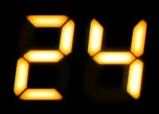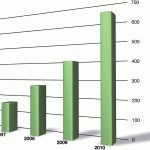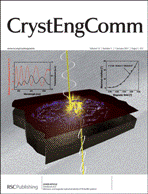The scientists in this CrystEngComm Hot article have developed an impressive way to seperate carboxylic acids from fuels.
This is especially important with fuels produced from renewable biomass, where product removal enhances microbial growth and production. But the conventionally used technique to remove products by inducing crystallisation, does not work efficiently for carboxylic acids.
Johan Urbanus and colleagues based in the Netherlands, used electrochemistry to manipulate the pH to obtain neutral carboxylic acids, and used co-crystals to control the solubility to remove them. As the referees of this paper commented, this is an elegant use of electrochemical principles in cocrystallisation and product removal.
READ FOR FREE until 12th January
Electrochemically induced co-crystallization for product removal
Johan Urbanus, C. P. Mark Roelands, Jaroslaw Mazurek, Dirk Verdoes and Joop H. ter Horst
CrystEngComm, 2011, Advance Article
DOI: 10.1039/C0CE00284D, Communication






















![A (S)-sulfonamidecinnamic acid self-assembles in the crystal and exhibits quantitative enantioselective single-crystal-to-single-crystal [2 + 2] photodimerization.](https://blogs.rsc.org/ce/files/2010/11/c0ce00516a-ga-300x52.gif)
 Chromatographic determination of impurity binding affinities on biomineral crystals
Chromatographic determination of impurity binding affinities on biomineral crystals